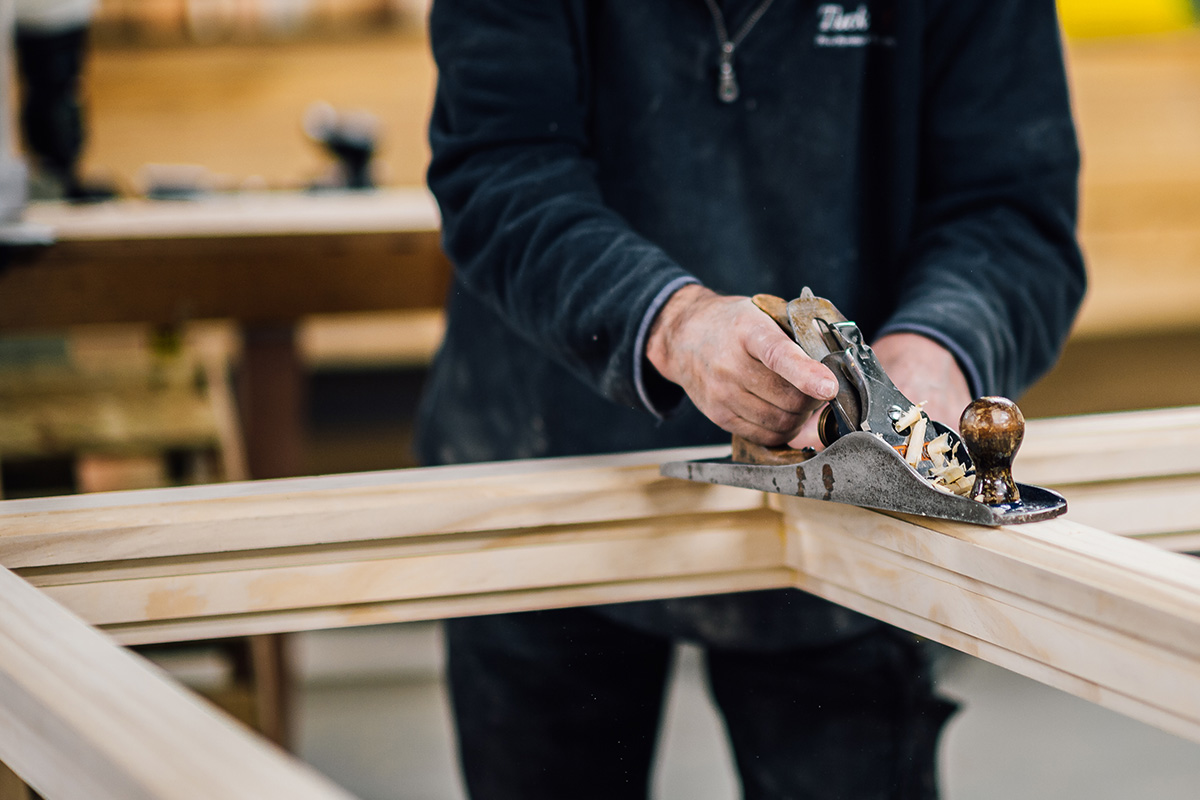Category: News, Windows and doors
Replacing the windows and doors of your property is guaranteed to improve both the visual appeal and overall property value. Not only can this increase the curb appeal of your property, but there are a range of other benefits including improved security, insulation, and noise protection.
Before you can sit back and enjoy the benefits of your new window or door, there are several considerations to be taken into account to ensure the installation complies with building regulations.
FENSA Certification
When the time comes to sell your property, surveyors will undoubtedly request evidence of any replacement windows or doors in compliance with business regulations. To prevent the headache down the line, get the necessary documents in place during the installation process, including certifications that the installation was carried out by a FENSA-registered installer.
The FENSA scheme was set up to allow installers to self-certify that they comply with existing building regulations. This makes the process simpler for both the installation company and consumers as FENSA-registered companies don’t require local authority building control approval. FENSA informs local authorities on all complete installations and a certificate will be issued to the homeowners to confirm the correct process has taken place.
Upon completion of the installation, FENSA inform the local authorities and a certificate will be issued to the owners of the property to confirm that the project complied with the correct building regulations.
Self-Certified FENSA Installers
Before signing a contract with an installer, it is essential they can certify to be a FENSA-registered installer. These installers can complete a self-certification, so you can be pretty sure the work will be completed to a high standard with the correct compliance.
Non-Certified Installations
Any installations taken by non-registered companies will require full local authority approval and non-registered companies are easily identifiable. This can be done by going to the local council and requesting an application for approval of building regulations. This can be time-consuming and therefore when in doubt, it’s often easier to use a FENSA-registered installer.
Other Preparation Activities
For the installation of your windows or doors to run smoothly, there are a few additional preparations that can be undertaken to minimise the disruption to you and your family at the time of the fitting:
Schedule at a convenient time
It can be disruptive if you’re having all windows and doors replaced. Try and find a time that works best for your whole family. Where possible, it’s good to keep children and pets out of the way. Depending on the volume and size of the windows, installation can range from a few hours to a few days, so ensure you are prepared for this.
Ensure easy access to your property
To enable easy access, ensure the entrance to your property is clear to create from garden furniture to create an easy path and ensure there’s room for any tools or materials to be placed down nearby. Where possible, allow room for the installation company to park next to the property for ease of transportation.
Clear internal spaces surrounding the windows
Removing any blockages to the space surrounding windows can significantly speed up the process, whilst also ensuring no valuable items get damaged. Whether large items of furniture or curtains block the space surrounding your new areas, these should be removed wherever possible. Carpet protectors will also likely be laid down in the space surrounding your new windows or doors, so ensure these areas are clear.
Taking shortcuts with the installation of a new door or window can be tempting but will more than likely land you in hot water further down the line. Ensure the correct certifications and preparations are in place to make your window or door installation simple and stress-free.

